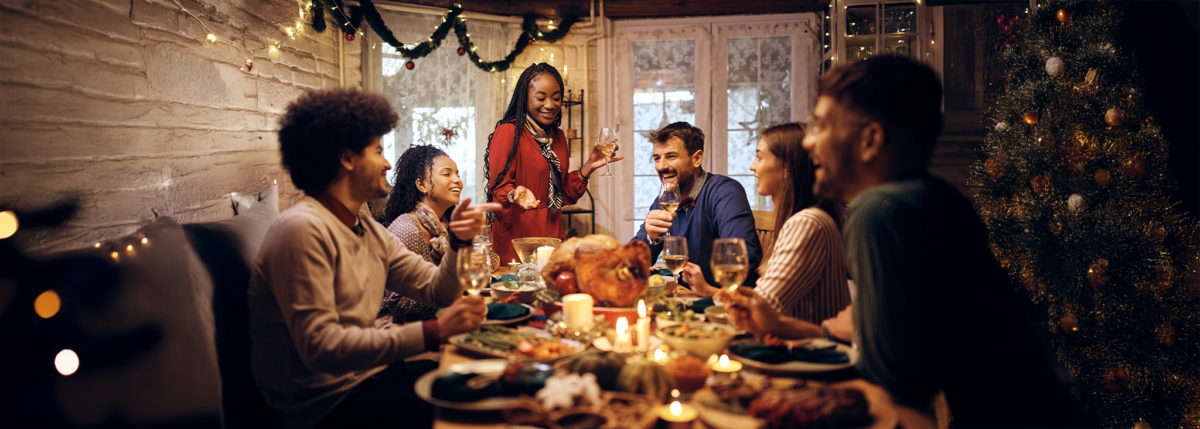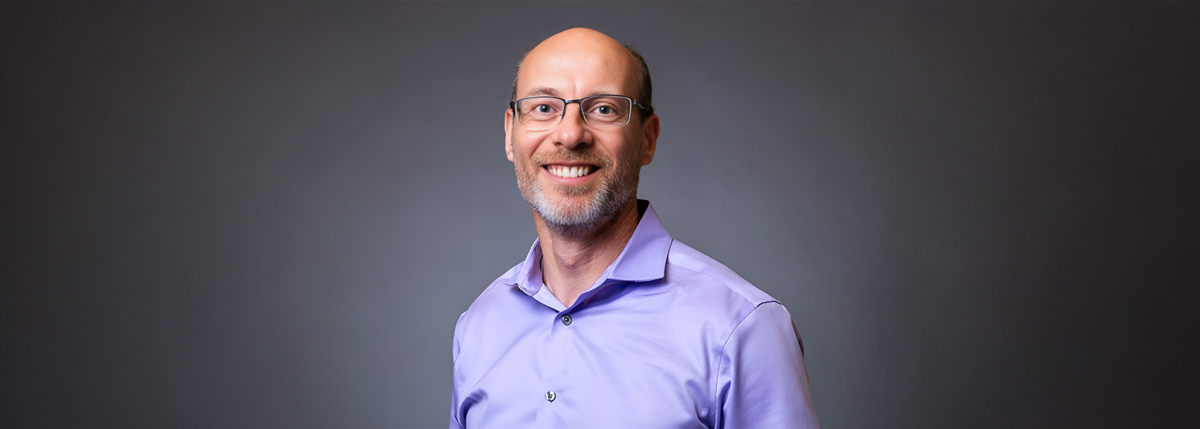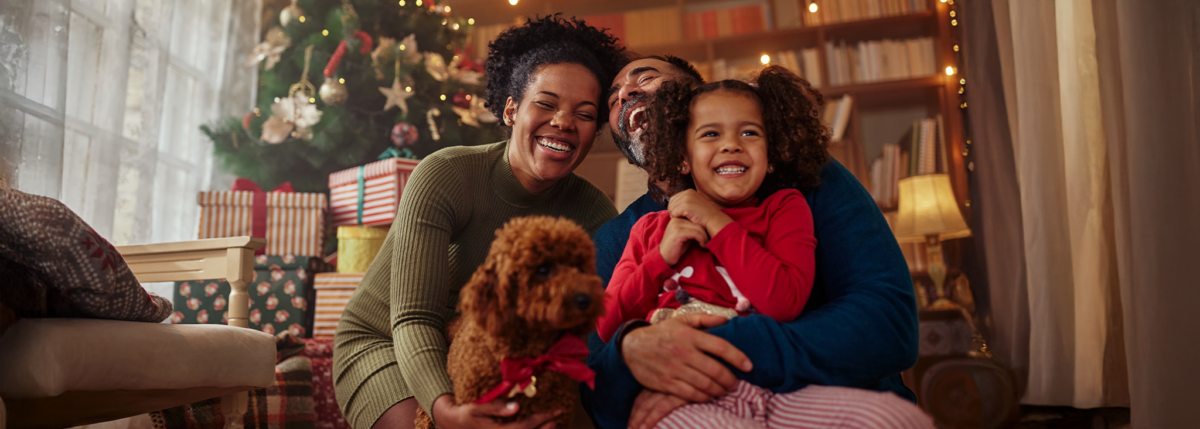Life After Diabetes: How A Pancreas Transplant Transformed My Life and Identity
Written by: Anne P. Hambrick-Stowe Rankin
5 minute read
November 14, 2022
My middle name is Pilgrim. When my parents named me, they never imagined type 1 diabetes (T1D) and life-changing kidney and pancreas transplants would be part of the experiences on my pilgrimage through life.
I was four years old and I was diagnosed with T1D in 1981. Even though I was different because of my diabetes, I never felt different. I was raised in a supportive family, nurtured by faith and encouraged to persevere. I was treated the same as my brothers and my friends didn’t think it was odd that I had to prick my finger or give an injection before lunch at school.
My parents encouraged me to “do your best” and reminded me to “give yourself hugs.” These phrases were reminders of the importance of self-compassion, grace and love. They instilled in me an acceptance of my diabetes through their own acceptance of it and their trust in me that I would learn to manage my T1D and lead a successful, “normal” and happy life.
Facing complications from diabetes
Aside from the daily grind of blood sugar checks, injections and the balancing act of food, activity and insulin, there comes the risk of complications. Complications are, unfortunately, not uncommon over the long run.
Decades of diabetes led to retinopathy and, at age 40, the need for a kidney transplant. I knew complications were a possibility, but in facing them, my positive outlook was tested. Now more than ever, I had to have hope and be proactive about getting the care I needed.
Fortunately, surgeries saved my eyesight and I have no signs of continued damage. When I was faced with kidney failure, my brother was a perfect match to be my donor. I was given the gift of a renewed life with his perfectly functioning kidney thanks to the expertise of my transplant team.
The path to a pancreas transplant
When a kidney transplant is needed, a simultaneous kidney-pancreas (SKP) transplant is common. This was not an option for me since I had my brother as a living donor. Even though I wasn’t a candidate for an SKP, there was another option down the road: a pancreas-after-kidney (PAK) transplant. I knew that PAKs are not as common as other transplants and that there are risks involved with having multiple major surgeries. However, when my nephrologist suggested it four years after my kidney transplant, I was cautiously optimistic.
I knew I could live well with diabetes and it wasn’t a life-or-death situation like it was with my kidneys. I also knew the physical and psychological benefits of having a working pancreas. After a process of evaluations, testing and interviews, I was deemed an ideal candidate for a PAK transplant. I was headed down a new path.
Waiting for the call
Unlike live-donor organ transplants, a pancreas transplant involves a deceased donor and cannot be scheduled ahead of time. When I got the call that there was a potential organ, I was thrown into a fury of packing to go to the hospital. It wasn’t a done deal yet, but I was excited. Life without diabetes was in sight.
The transplant team still had to run final tests of the donor’s pancreas. An organ can be denied for any number of reasons, but based on initial results, it seemed promising.
Then, just before the procedure, the team denied the pancreas. The transplant was canceled. I was sent home. My hope was derailed and my spirits were deflated. Even though I knew this was a possibility, I was not mentally prepared. I questioned whether I wanted to go through the process again only to be potentially turned away.
A second chance
Two months later, I was at my endocrinologist’s office where we were discussing the transplant. Just hours after that appointment, I got the second call. Like the previous one, this pancreas also seemed promising.
This time I got the green light. I felt like my identity and life were about to change again, just as they had four decades earlier when I was first diagnosed with diabetes.
I was wheeled into the operating room as a person with diabetes. My insulin pump was still attached to me. My hopes were high, my prayers fierce.
That afternoon I woke up in the recovery room as a non-diabetic. I had a lot of IVs and tubes attached to me, but not one of them was an insulin drip and my pump had been put in a bag with the rest of my belongings.
I have not needed a single injection of insulin since my procedure. My hopes were realized; my prayers were answered.
Organ donation ties loss and sacrifice, generosity and gratefulness together. It gave me a deep appreciation for life and, the way death can give life.
The road to recovery, including return trips to the hospital
I knew recovery from a pancreas transplant could be harder and longer than a kidney transplant. The procedure involves detaching, moving and reattaching arteries and veins. My now-almost-faded scar is the entire length of my torso.
The first few months of recovery were indeed tough. I traded in my insulin and blood sugar checks for medications to ward off infection and rejection of my new organ. Anti-rejection medications are a lifeline that I will need to take forever.
Instead of weekly pump changes, I now go for weekly blood tests to make sure biomarkers are normal. Over time, that will change to monthly testing. I was readmitted to the hospital a couple of times in the first month following the procedure. These stints back in the hospital were unsettling to my peace of mind and to my husband who was at home with our three children.
The pancreas was fine; it was my transplanted kidney that had to adjust to coexisting in my abdomen with another foreign organ. On the hard days, my doctors buoyed my confidence and optimism with their encouragement.
Adjusting to life without diabetes
Almost nine months after my transplant, my recovery is ongoing and evolving. There’s no way around the detours and I can’t get too comfortable when the road is smooth. Overall, things are generally stable and I feel great.
It is liberating to not wear a piece of single diabetes equipment. I am more rested now that my nights aren’t interrupted by out-of-range blood sugar alarms. It is freeing to leave the house without extra supplies in case my pump fails or I need sugar. I can finally participate in activities whenever I want since my blood sugar level is no longer an issue to contend with.
I feel stronger and healthier because my blood sugar readings are stable morning, noon and night. I am relieved potential complications are being reversed or prevented. And, yes, being able to eat anything without thinking twice is a real perk.
Looking back at my journey with and without diabetes
My pilgrimage as a little girl learning to live with T1D has led me to this place, a grateful and humble middle-aged woman without diabetes. Astonishing medical advancements have expanded my world.
Thanks to my donor’s family and my miracle-worker transplant team at the University of Pennsylvania Transplant Institute, I am experiencing life in new and different ways—ways I used to try to imagine but never thought I would know firsthand.
While medically I am no longer diabetic, my heart and mind won’t ever lose the tendency to feel or think like someone with diabetes. I know the challenges, I’ve experienced the struggles. I lived to the fullest with diabetes and never asked, “Why me?” Now I live to the fullest without diabetes and realize I am one of the lucky success stories of modern medicine and organ transplantation.
Knowing my body could reject these organs at any time and that a young life had to end for me to receive a healthy pancreas, I embrace the opportunities, the challenges and the inspiration to make the most of each day. My pilgrimage as a non-diabetic has just begun. I look forward to seeing where it leads me next.
We strive to highlight stories from across the BT1 community. Find out how you can share your story here.

Author
Anne P. Hambrick-Stowe Rankin
Anne lives in Lancaster, Pennsylvania with her husband and their three school-aged children. She stays busy balancing work, church involvement and her kids’ sports, music and school activities. Anne’s relationship and identity with type 1 diabetes changed dramatically in 2022 when she had a pancreas transplant. For four decades she lived her best life with diabetes, and now she is living her best life without it.
Related Resources

The holiday season is filled with celebrations, family gatherings, and plenty of holiday foods. No...
Read more

Managing diabetes is a complex and often overwhelming journey—even nine years after my daughter's diagnosis....
Read more

The holiday season is all about celebration, family, and joy—with a little chaos sprinkled in...
Read more

